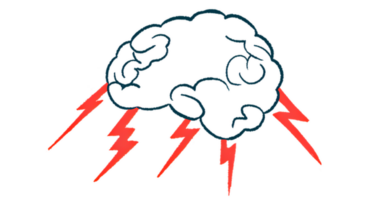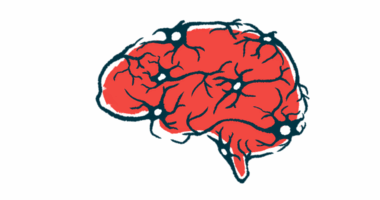Brain Cells Will be Studied in Space to Better Understand Parkinson’s and MS

An ongoing study onboard the International Space Station (ISS) is investigating how microgravity affects the development of immune cells in the brain, with the goal of understanding the cellular processes behind the neurodegeneration seen in Parkinson’s disease and primary progressive multiple sclerosis (PPMS).
Scientists hope that the results of the study will provide new disease biomarkers and accelerate the search for new therapy options for patients.
Earlier this year, the same group — from the New York Stem Cell Foundation (NYSCF) Research Institute and Aspen Neuroscience — launched a preliminary experiment to test their systems and methods. Custom flight hardware systems, onboard cell culture technology, and post-flight analytical methods tested in that run all contribute to this next experiment.
In the preliminary experiment, the researchers loaded patient-derived induced pluripotent stem cells (iPSC) and cells from healthy donors into CubeLabs, shoebox-sized labs-in-a-box, developed by Space Tango. Automated systems fed and cultured the cells inside the CubeLabs. At the end of the experiment, the cells were frozen for analysis in earthbound labs.
Of note, iPSCs are derived from either skin or blood cells that have been reprogrammed back into a stem cell-like state, which allows for the development of an unlimited source of any type of human cell needed for therapeutic purposes.
The current experiment will be the first study of long-term cell culture in microgravity. Onboard the ISS, patient-derived and control iPSC will be grown into three-dimensional neural organoids — simplified versions of an organ. These organoids will include microglia, which are immune cells of the brain whose dysfunction is thought to drive neurodegenerative diseases such as Parkinson’s and PPMS.
“Microglia are constantly scanning the brain for danger, and it’s starting to look like they overreact in neurodegenerative illnesses, contributing to the death of neurons,” Valentina Fossati, PhD, one of the lead investigators from the NYSCF, said in a press release. “Physical forces affect how these cells behave, and microgravity is a unique circumstance in which to tease apart these healthy and diseased behaviors.”
Microglia make challenging research targets. They cannot be safely harvested from patients’ brains, and mouse models of Parkinson’s and PPMS do not mimic all the features of these diseases in humans. Fossati and her colleague, Andres Bratt-Leal, PhD, of Aspen Neuroscience, believe the ISS provides a better environment for building models of these diseases.
The group hopes that by understanding how microgravity — known to increase proliferation and delay differentiation of stem cells — affects the development and dysfunction of microglia, they will learn how these cells function while migrating throughout the brain and interacting with neurons. This, in turn, can teach us how these processes change during disease progression.
Because microgravity affects even healthy nervous tissue, the results of this experiment may prove useful for astronauts. NASA points out that “exposure to microgravity and radiation, as occurs in the International Space Station, causes significant mechanical unloading of mammalian tissues, resulting in rapid physiological alterations.” This can lead to a number of risks. Understanding the mechanisms by which this occurs will help to guard against them.
“There is significant potential to advance our understanding of MS and [Parkinson’s] as we initiate these long-term studies of patient cells in microgravity now that we have completed our preliminary tests,” Fossati said in another press release. “We look forward to leveraging the unique capabilities of spaceflight research to better understand the role of microglia in multiple sclerosis and Parkinson’s disease, as well as how dysfunction in these cells can be targeted therapeutically.”
The experiment is scheduled to launch into space on Dec. 4, on the 19th SpaceX Commercial Resupply Services mission. The National Stem Cell Foundation provided funding for the study.






